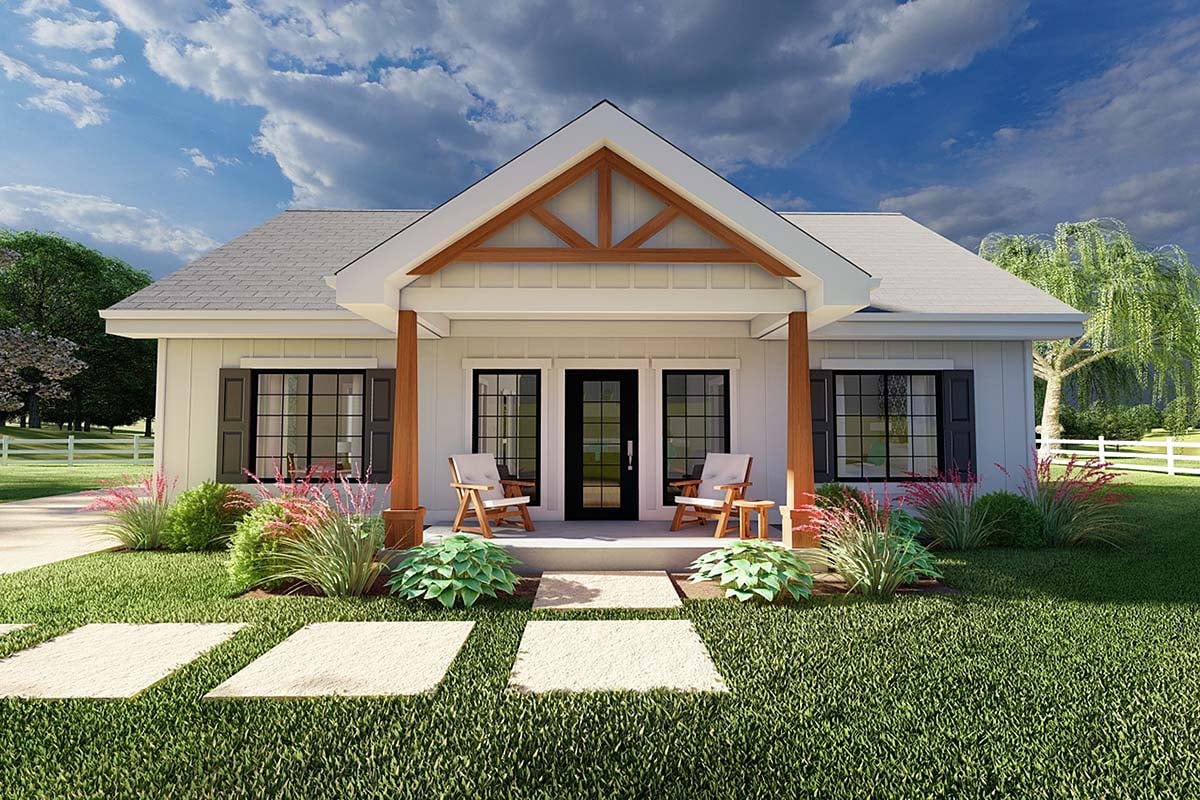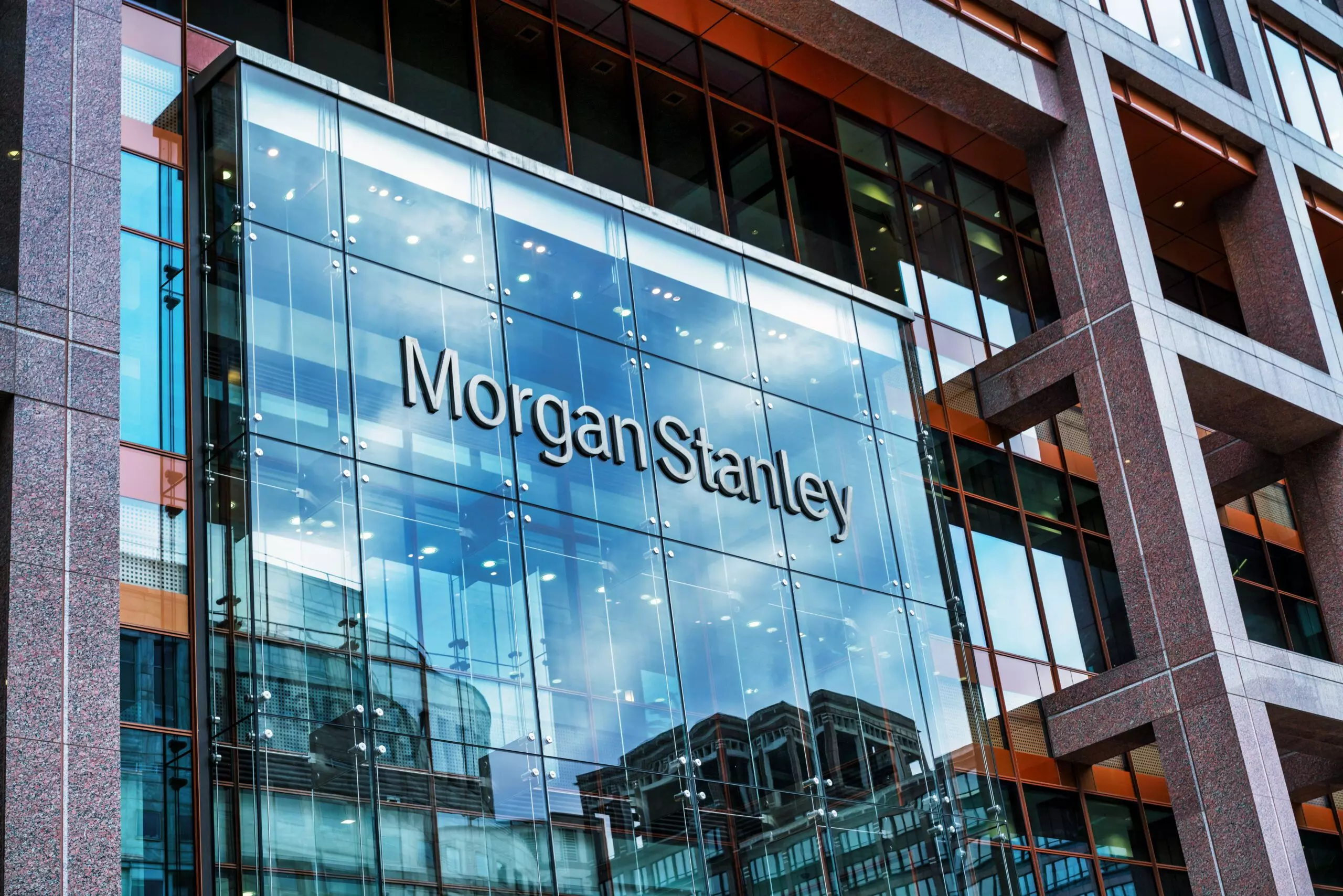The demand for homes in the US has picked up, causing homebuilders to become more optimistic, particularly as mortgage rates slightly decline. The National Association of Home Builders/Wells Fargo Housing Market Index indicates that homebuilder confidence in newly built single-family homes rose by 7 points to 42 in February.
Although this is still below 50, which is considered negative, the sentiment had fallen to 31 in December. In February 2020, the index was at 81, but mortgage rates started to increase since then. Builders say that affordability is increasing as mortgage rates go down from their highs last fall. The average rate on the popular 30-year fixed mortgage peaked at 7.37% in October 2021, but it has gone down to the low 6% range for much of January.
While rates slightly increased in the last two weeks, they remain in the mid-6% range. NAHB Chairman Alicia Huey said that the latest increase in builder sentiment indicates that slight progress in housing affordability has the ability to encourage more buyers to the market. Nonetheless, there is still a considerable housing shortage, and building more affordable homes is necessary to address this problem.
Homebuilders are cautiously optimistic as buyer demand for newly-built homes rises amid lower mortgage rates. According to the National Association of Home Builders/Wells Fargo Housing Market Index, the sentiment in the market for single-family homes improved in February, with a 7-point rise to 42. The current sales conditions rose by 6 points to 46, sales expectations in the next six months increased by 11 points to 48, and buyer traffic climbed 6 points to 29.
However, despite the rise in optimism, affordable housing remains challenging to build due to higher labor and material costs. Builders have been offsetting higher mortgage rates with strong incentives, but they appear to be pulling back on those as rates settle. Additionally, NAHB reports that only 31% of builders reduced home prices in February, down from 35% in December and 36% in November. Regionally, the sentiment in the Northeast, Midwest, South, and West rose by 4, 1, 4, and 3 points, respectively.







